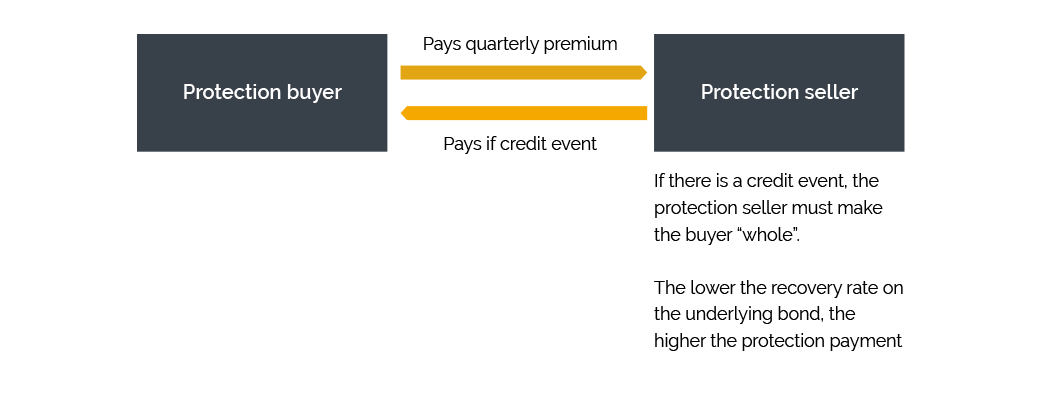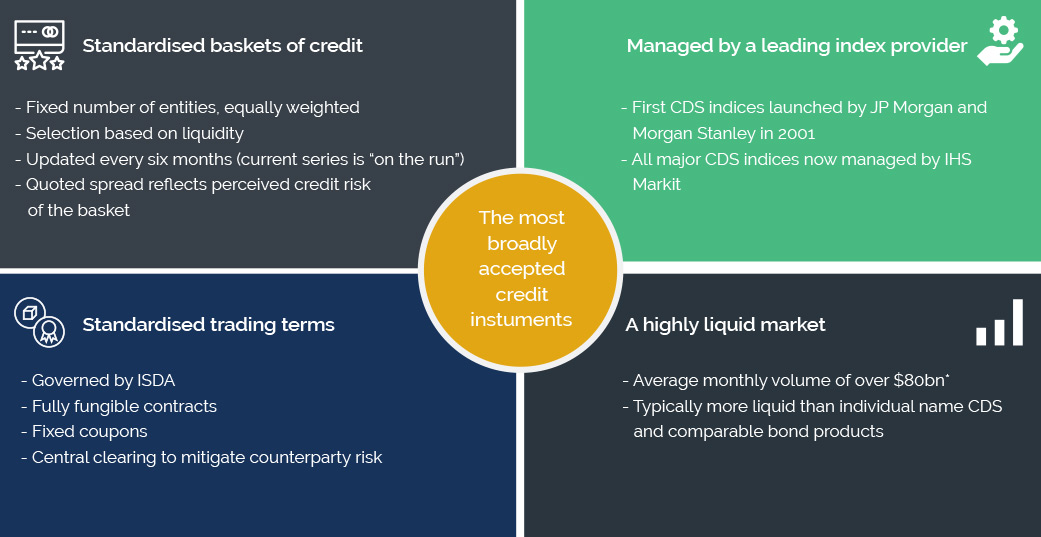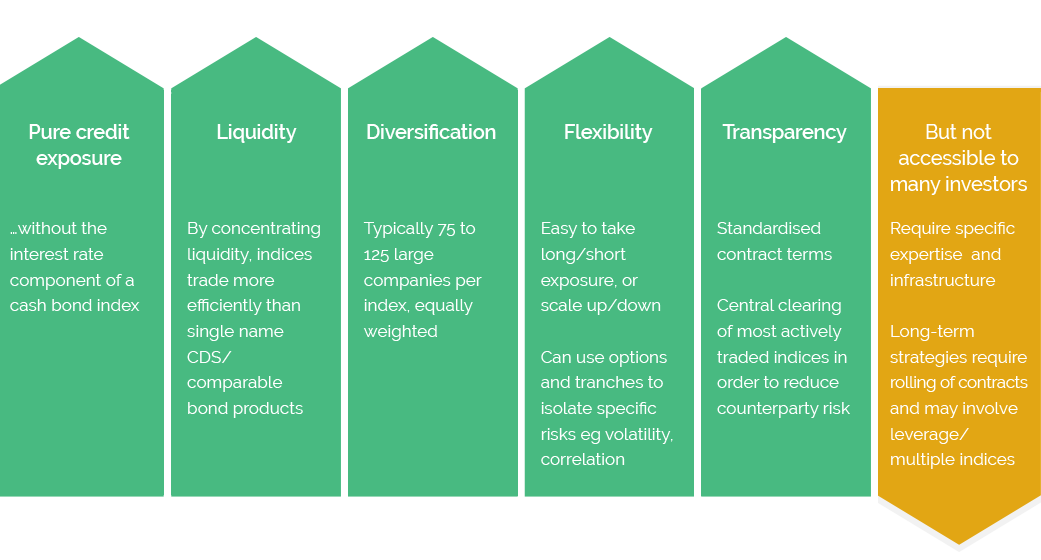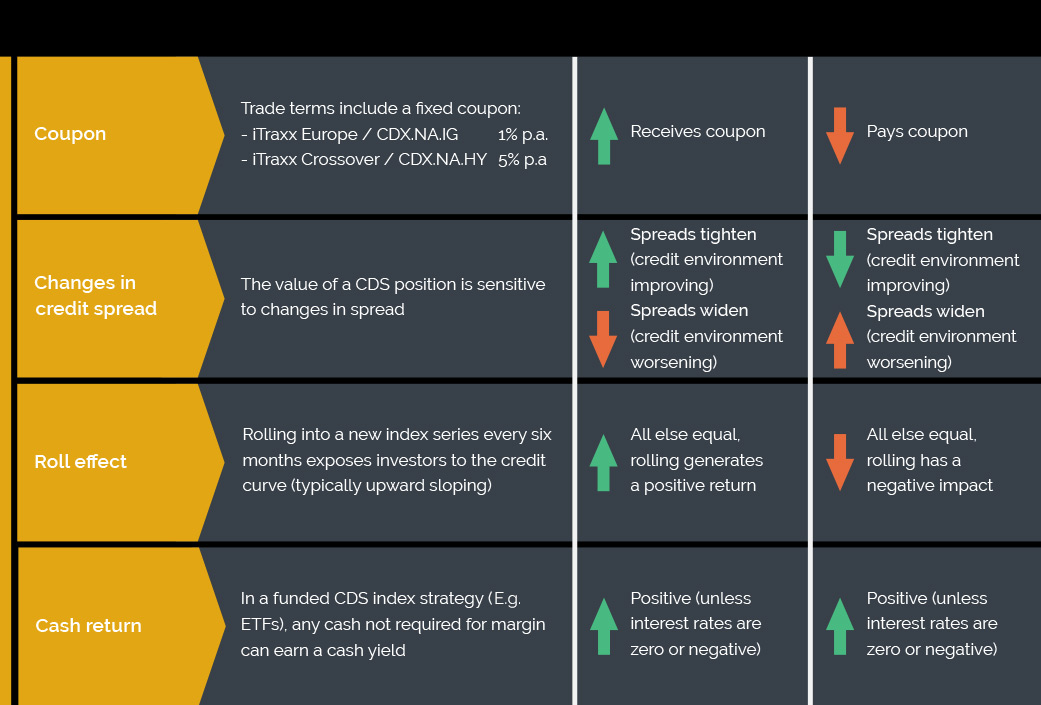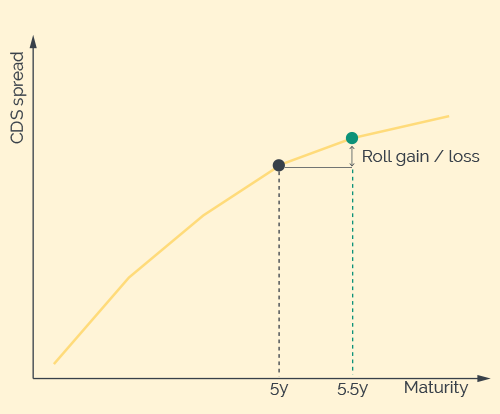Thank you for visiting our website and for using our services. We’d like to tell you about our privacy policy and how we use cookies on our website. We have defined some words and phrases to help make it clear what we mean:
In this Privacy Policy and Cookie Statement:
“personal data” means personal data as defined under the Law, we also refer to personal data as “data about yourself”, “personal information”, “your information”, “personal details” and “information about you”.
“data controller” means data controller as defined in applicable data protection legislation
“Tabula Investment Management Limited” and is also referred to as “Tabula”, “Us” and “We”.
“the Law” means applicable data protection legislation.
This Privacy Policy and Cookie Statement (together with our Terms of Conditions of Use) tell you how we will process any personal data that we collect from you, or that you provide to us. The Law says we must provide you with this information and we hope this will help you to understand how we will keep your personal data safe.
The Law says that [Tabula Investment Management Limited] is the data controller. We are committed to protecting your privacy and personal data as you use our website and web services. We take seriously our responsibility to hold your personal data securely and confidentially.
If you use the online email or the online chat facilities, we will ask you to provide us with certain up to date personal data and we will handle this personal data in accordance with the Law. We may need to ask you for your personal data to help us to meet your needs and to provide you with the services you require. If you do not provide your personal data to us, it may make it impossible for us to provide these services to you.
We maintain strict security standards and procedures with a view to preventing unauthorised access to your data by anyone, including our staff. We use leading technologies such as (but not limited to) data encryption, firewalls and server authentication to protect the security of your data. The staff of Tabula Investment Management Limited follow strict privacy standards and whenever we hire third parties to provide support services, we require them to observe the same standards and to allow us to audit them for compliance.
Your Personal Data
We use your personal data to service your account, improve our services to you, to provide information to you about our services and to inform you about additional products or services that may be of interest to you. We may identify these products or services by using cookies on our website which track and analyse how you use our website.
We may collect, process, use and store your personal data electronically or on paper and in written or digital formats. We collect, process and use your personal data with automated tools and only keep it for as long as is necessary to fulfil the purposes for which it has been collected.
Sharing your personal data in order to send you marketing information
Where you opt in to receive direct marketing materials from us, we may send your personal data to third parties with whom we have contracted to provide these materials to you on our behalf and in our name. By opting in to receive direct marketing from us, you agree that we may send your personal data to these third parties who may be based in the country where you live or elsewhere.
Sharing your personal data with other organisations
In certain circumstances we may also send your personal data to other third parties such as:
- where we have your permission;
- where we are required or permitted to do so by Law; or
- other companies who provide a service to us or you where we may transfer rights and obligations.
This may mean we send your personal data to these organisations outside Europe (the European Economic Area (EEA)) or outside any other country from where you may access our website, to countries where the Law may not guarantee the protection of your personal data. However, we will ensure that your personal data is transferred, processed and maintained to the standards required by Law.
We transfer your personal data to the United States for own analysis purposes by employing the Google Analytics technologies.
We may forward your personal data to the Police or another regulatory body if we are asked to do so or wish to do so in order to comply with the Law or in relation to any suspected misuse by you of our web site or any of our web site services. We endeavour to prevent unauthorised disclosures of your personal data by other people, but we are not responsible for any unauthorised disclosures or other breaches of security or for the actions of others if the personal data was passed to them with your authority or with the authority of anybody other than us or our associated companies.
How to access your personal data
The Law says you have the right to ensure your personal data is kept up to date and accurate, and for some jurisdictions the right to find out from where your data was originally collected, where it has been transferred to and for which purposes it is now stored. You have the right to have your personal data deleted if it has been collected or processed unlawfully, and you may object to us processing your personal data at any time. If you want to do any of these things or you would like a copy of the personal data we hold, please write to:
Tabula Investment Management Limited, 6th Floor, 55 Strand, London, WC2N 5LR.
If you prefer, please send us an email info@tabulaim.com.
Where the Law permits, we may charge you a small fee to cover the costs of sending this personal data to you.
Anonymous or pseudonymized use
In accordance with applicable data protection legislation, you may choose to use the website in an anonymised or pseudonymized manner. This applies only to the extent that anonymous or pseudonymized use of the website is technically possible and reasonable.
Data Retention
We will retain your personal data while we are providing our services to you and we will not retain your personal data for longer than is strictly necessary.
Intellectual Property
All intellectual property rights in any part of the world which subsist in the contents of this website and which belong to Tabula, save as expressly granted, hereby reserved.
Cookies
By accepting this Privacy Policy and Cookie Statement when you enter our website and by continuing to access our website in the future you acknowledge and agree that we may track and record information for systems, marketing, trouble shooting, administrative and reporting purposes, including, for instance, the aggregate number of visitors to the website and the sections of the site visited by visitors using cookies. Cookies are small text files placed on your computer and are commonly used on the internet.
We use cookies to:
- operate our website, for example by directing you to the right area depending on what country you have selected. We call these cookies “strictly necessary”;
- analyse our website, for example to collect information that will help us understand visitors’ browsing habits on our website;
- compile statistical reports on website activity, e.g. number of visitors and the pages they visit;
- improve the functionality of our website by temporarily storing any information which you may enter in tools, such as calculators or demonstrations on our website; in some cases, remember information about you when you visit our site. We may need to do this to provide some of our services
- record your visit to our website, the pages you have visited and the links you have followed. We use this information to make our website more relevant to your interests and identify products or services that may be of interest to you. We may also share this information with third parties for these purposes.
We do not use cookies to track you after you leave our website and we do not store any personal data in cookies in a format that can be read by anyone else.
We use two types of cookie:
Session cookies: These are temporary and are deleted as soon as you close your browser; and
Persistent cookies: These are stored on your computer until they expire or you remove them. Persistent cookies store your personal preferences such as your language preferences on multi-lingual sites to make subsequent visits easier. They also remember questions we have asked you previously, such as a request to complete an online survey.
You can find more information about the individual cookies we use, when they expire and the purposes for which we use them in the table below:
| pum_alm_last_activity |
This cookie is used to remember previous states of activity within lightbox forms. Cookie is removed once session ends. |
pum_alm_popup
_open_counts |
The system sets this cookie to detect any abuse or spamming of lightbox forms. |
| popmake-terms-conditions- |
The system sets this cookie when a user agrees to terms. Contained within this cookie are the terms that were agreed to – either personal investor or professional investor. If this cookie is not present then the user will be presented to accept terms. |
| pum_alm_first_activity |
This cookie is used to remember previous states of activity within lightbox forms. Cookie is removed ocne session ends. |
| wordpress_test_cookie |
WordPress sets this cookie when a user navigates to the login page. The cookie is used to check whether user’s web browser is set to allow, or reject cookies. This is a session cookie. |
| wordpress_ |
This cookie is set by WordPress for non-logged in users. This is a session cookie |
| wordpress_logged_in_ |
This cookie is set by WordPress. It is used for indication and identification of the logged in user. This is a session cookie. |
| wfwaf-authcookie- |
This cookie is set by WordPress security. It is used to authenticate user’s login request. This cookie is persistent and expires in 1 day. |
| wp-settings- |
WordPress also sets a few wp-settings-[UID] cookies.
The number on the end is your individual user ID from the users database table.
This is used to customize your view of admin interface, and possibly also the main site interface. |
| wp-settings-time |
WordPress also sets a few wp-settings-{time}-[UID] cookies. The number on the end is your individual user ID from the users database table. This is used to customize your view of admin interface, and possibly also the main site interface. |
| cookie_notice_accepted |
This cookie is set by a WordPress plugin “Cookie Notice” when the user accepts the website’s Cookie policy by clicking on the button “I accept” when visiting our website for the first time. This cookie is persistent and expires in 1 day. |
| _ga, _gat, __utma, __utmt, __utmb, __utmc, __utmz and __utmv |
Google Analytics requires these cookie to analyse how users interact with this website. Our analytics service provider generates statistical and other information about website use by means of cookies. The information generated relating to our website is used to create anonymous reports about the use of our website. Our analytics service provider’s privacy policy is available at http://www.google.com/policies/privacy/ |
Third party cookies
We work with third parties who, on our behalf, research the use of our website and activities on it. In doing so they may place a cookie on your computer. However, it would not contain any personal data in a format that can be read by anyone else.
We also work with third parties to evaluate the effectiveness of our advertising and promotions on third party websites. Again, the cookie would not contain any personal data in a format that can be read by anyone else.
Please note that third parties (including, for example, providers of external services like web traffic analysis services) may also use cookies, over which we have no control. These cookies are likely to be analytical/performance cookies or targeting cookies.
Accepting or rejecting cookies
You can refuse, accept or remove cookies at any time by using the settings on your internet browser. You can configure your internet browser to warn you each time a new cookie is about to be stored on your computer so that you can decide whether to accept or reject it. Please refer to your internet browser’s help section for further information. Please note that some parts of our website may not function properly if you reject cookies.
Use of Google Analytics
This website uses Google Analytics, a web analytics service provided by Google Inc. (‘Google’). Google Analytics uses ‘cookies’ which are text files placed on your computer, to help the website analyse how users use the site.
If you consent the use of cookies on this website, the information generated by the Google Analytics cookie about your use of the website (including your IP address) will be transmitted to and stored by Google on servers in the United States. Google will use this information for the purpose of evaluating your use of the website, compiling reports on website activity for website operators and providing other services relating to website activity and internet usage.
Google may also transfer this information to third parties where required to do so by law, or where such third parties process the information on Google’s behalf. Google will not associate your IP address with any other data held by Google.
You can prevent the data (including your IP address) generated by the cookie relating to your use of this website from being collected and processed by Google by downloading and installing the browser plug-in available under the following link: http://tools.google.com/dlpage/gaoptout?hl=en.
Direct Marketing
We will only send direct marketing to you if you have given your consent for us to do so and we will not supply your personal data to third parties for their direct marketing activities, without your consent, other than in the context of a sale of this web site or a sale of our business. If you change your mind later on and you would like us to stop sending direct marketing to you, we offer simple ways to do this. Whenever you receive direct marketing by email you will be told how to unsubscribe electronically. You can also unsubscribe by contacting us at info@tabulaim.com.
Revisions to the Privacy Policy and Cookies Statement
We reserve the right to revise this policy at any time by posting a revised Privacy Policy and Cookies Statement online (of which you will be made aware when you next access this web site after such revisions have been made) and your continued access to or use of the website will mean that you agree to these changes. If you have any questions about this Privacy Policy and Cookies Statement please email us at info@tabulaim.com.
Issued and approved in the United Kingdom by Tabula Investment Management Limited (“Tabula”), authorised and regulated by the Financial Conduct Authority (“FCA”). Tabula is a private limited company registered in England and Wales (Registered no. 11286661). Registered address: 10 Norwich Street, London EC4A 1BD. Business address: 6th Floor, Denham Building, 27 St. James’s Street, London SW1A 1HA.
Copyright © 2021 Tabula Investment Management Limited ®. All rights reserved.
Business address: 6th Floor, 55 Strand, London, WC2N 5LR
